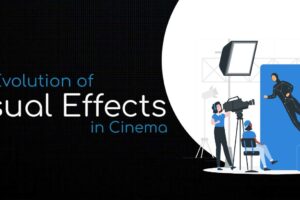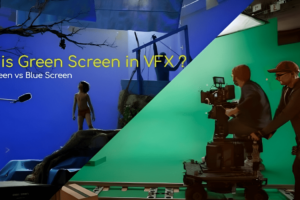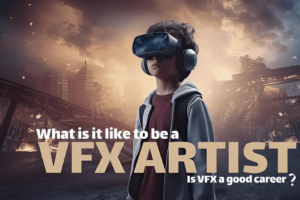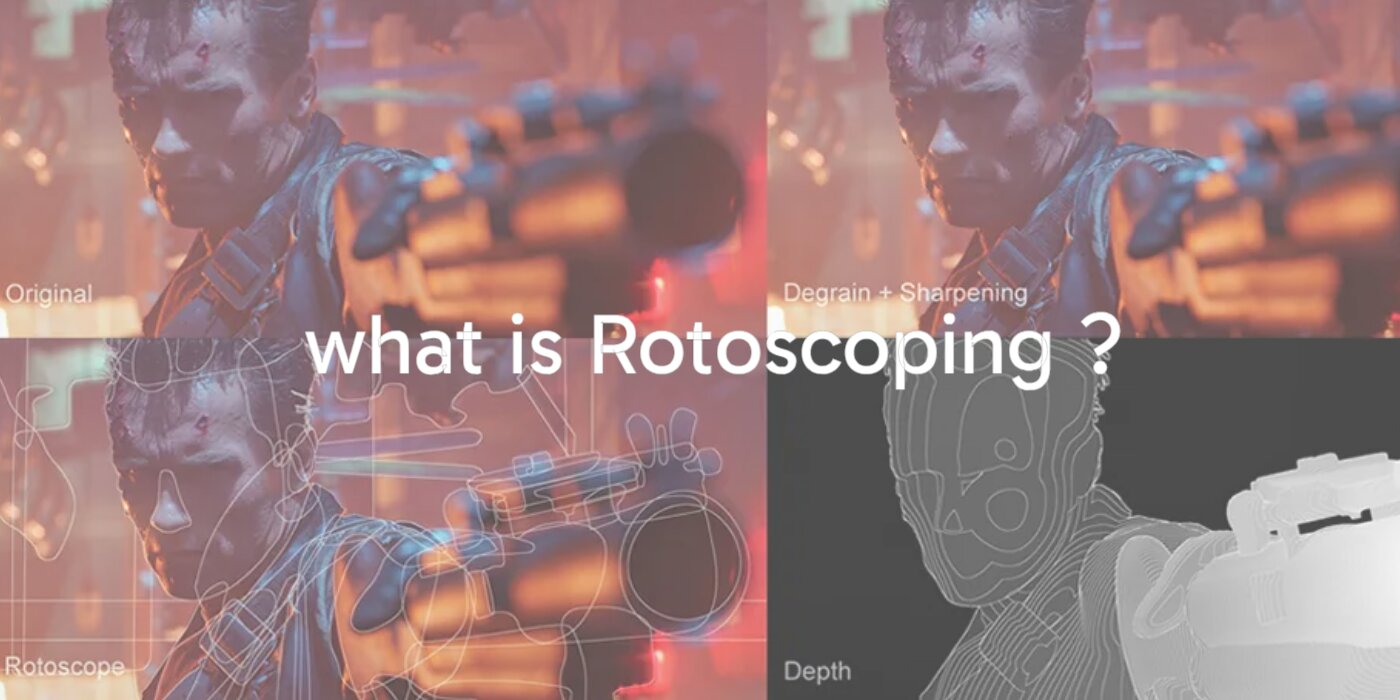
What is Rotoscoping: Everything you need to know
What is Rotoscoping
“Rotoscoping” refers to tracing over live-action video frame by frame, it was originally used in animation films. Rotoscoping is one of the first animation techniques that is used in modern times today. Rotoscopy is either used for turning live-action footage into animation or adding visual effects to existing footage. In the process of the animated scene making the movie director puts the live video footage cover with the number of one-minute-stills that he then tracks them with the background movement track.
By using a variety of tools in compositing software to create a new alpha channel for a specific area of a video or image in Roto Studio, a roto artist can mark out an item. This process can be done as a team as it takes a considerable amount of time to complete the whole set of footage. Directly recorded video from a camera lacks the alpha data, in contrast to computer-generated imagery that can easily add the alpha channel to its images. As a result, a Roto artist will need to manually construct that exact replica by tracing video elements. Around an object, a Roto artist creates a variety of shapes that are then animated to reflect movement in every frame.
Rotoscoping can take hours or days to complete, depending on how complicated the shot is. Although using a green or blue screen might simplify the process of composing several pieces into a single scene, it cannot be used in every shot. As a result, it continues to play a vital part in the creation of visual effects.
History of Roto
Let’s have a quick glance at Roto’s past for a better understanding of this technology. The technique was created in 1917 by animator Max Fleischer. (The Fleischer Brothers were well-known before the advent of Disney for their creations like Betty Boop.) He developed this technique to avoid the time-consuming task of producing cartoons. Max had a projector that was modified from a rostrum camera that was pointed downward and had a lamp attached to it. Then a previously shot film was projected onto the table, frame by frame. Let’s assume it’s the dancer we were just discussing. The dancing figure is traced, one frame at a time, onto paper with a backing placed underneath. In this manner, the natural movement of the dancer being videotaped converted to be imitated, sketched, and re-filmed.
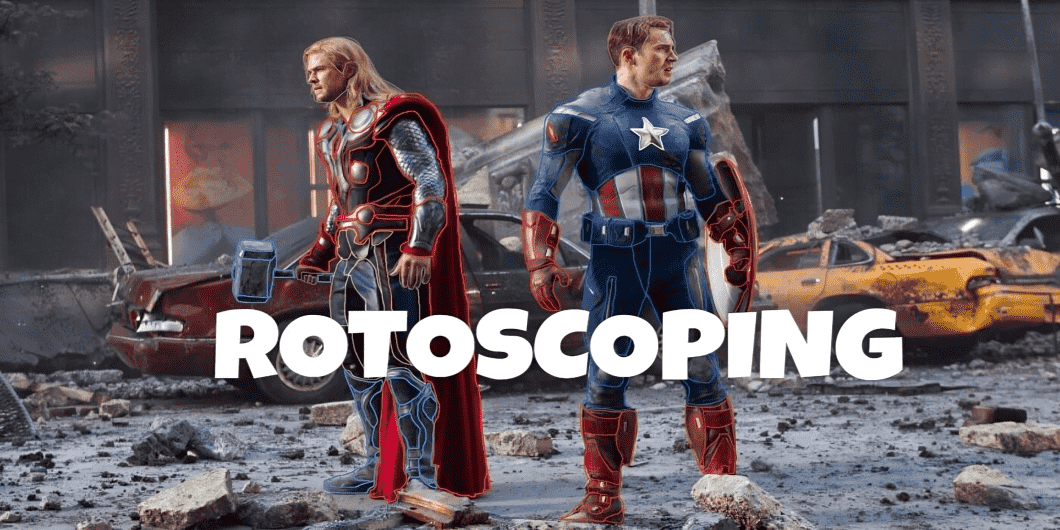
What is Rotoscoping in VFX
An element is given a mask or matte using the Rotoscoping process in the visual effects business for a slightly different purpose. So that colours can be altered, it is pulled out to a location with a different background and mask out. It gives filmmakers the chance to create scenarios that would otherwise be difficult, dangerous, impractical, or expensive to shoot. Because traditional Roto techniques are still in use despite numerous advancements in VFX technology. Rotoscoping in India is one of the fastest-growing industries in our nation.
By employing computer software to replicate the motion of the original actor’s face, a digital copy of the lead actor’s face is produced, which is then composited onto the original live-action video. Although Rotoscoping involves a lot of physical effort, it can be costly, time-consuming, and challenging to produce a high-quality output. This is due to the fact that the face of the lead actor must be precisely recreated on the computer, which can be challenging even for an experienced operator.
Rotoscoping Software
With the most dependable rotoscoping software, one can rest assured of their most impeccable and even troublesome animation assignment completion. The recognition technologies and algorithms for auto movements, you can fully customize, modify or animate masks. This includes features and attributes that you can vary and control. With the support of these programs you can change the motion captures into those look realistic and design your camera videos and animation which are containing the brightness of your latest creative ideas.
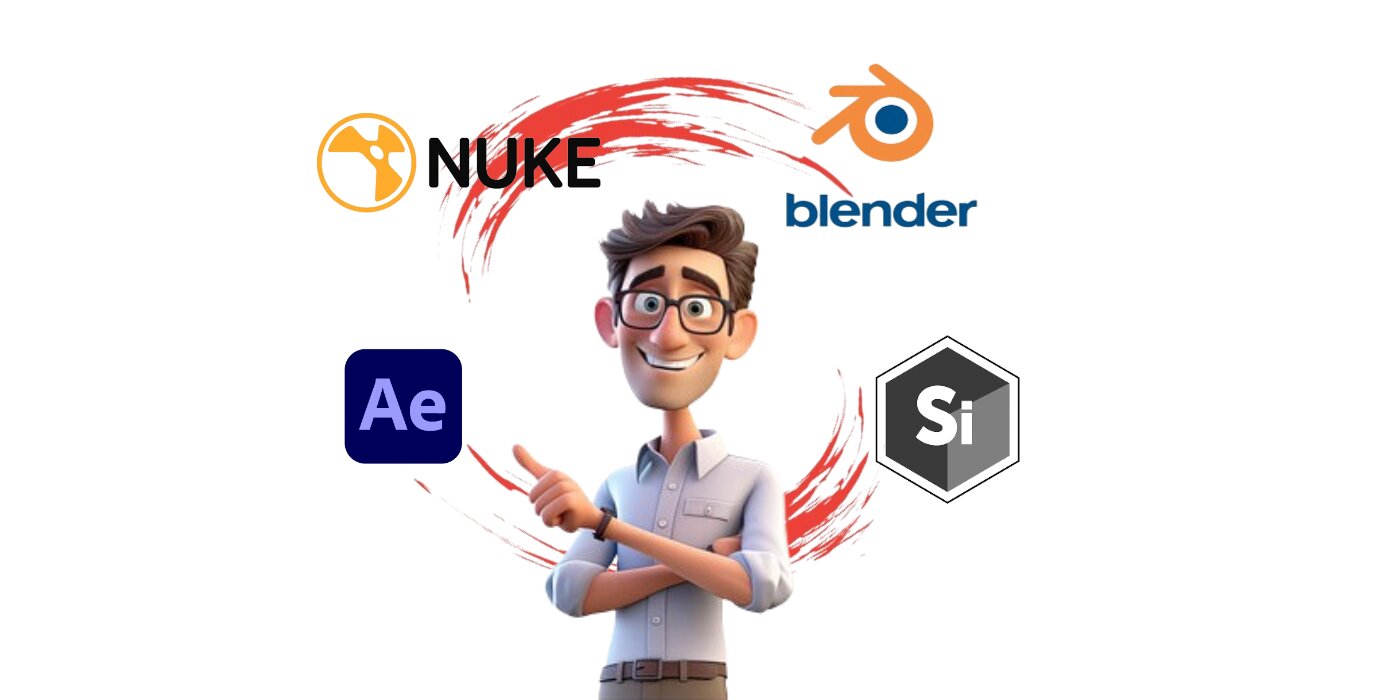
Best Rotoscoping Softwares;
- Silhouette FX
- Adobe After Effects
- Nuke
- Blender
Silhouette FX: You can create original animations using simple technologies that speed up the process. Silhouette is one of the most innovative and powerful rotoscoping tools in the world.
Adobe After Effects: This software which won the Academy award for 2019 in the scientific and technical category makes the filmmakers use cameras in a creative way and allows the production of new angles and perspectives. To start with, the program will be developed by Adobe Systems. Inc.
Nuke: The Nuke is a popular node-based image software. It is used by people for different things, but mostly for compositing. You can use Nuke, a program, to incorporate proper 3D support for film components based on the actual camera used during filming. You can simulate movements of 2D camera by making an animated camera or by means of point cloud in a 3D environment in Nuke.
Blender: This is a free electronic work that has been distributed originally by NaN or better Imagery Network. The blender software works similarly and you can do the 3D polygon models as well as the animations. The latter version of Blender was freshly upgraded in the form of Blender 2. It comes with 7 built-in printable scenes, whereas the 67 is even more refined and elegantly designed.
Disney and Rotoscopy
The method was first used to capture actor movement by filming live-action situations. Then projecting the footage onto glass panels to allow an animator to trace the motion in every frame. In the 1930s, Disney started using Rotoscoping technology to make some of their iconic early films like Cinderella, Sleeping Beauty, and Alice in Wonderland. Disney movies like Cinderella and Alice in Wonderland adopted a simple version of the Rotoscoping technique. Animators just watched live-action scenes to analyse facial emotions and body language rather than projecting and tracing them.
Even though viewers find Rotoscopic animation appealing, you have to be really careful when doing it. Because it takes time and requires a lot of attention to detail. Rotoscoping is straightforward in theory but challenging in reality. Because the process is frame-by-frame, there’s a high chance to produce “chattering” mattes with jiggly borders that ruin the effect. Try to study the Roto technique in the best academy, you can find and make sure you keep up with the constant practice.

